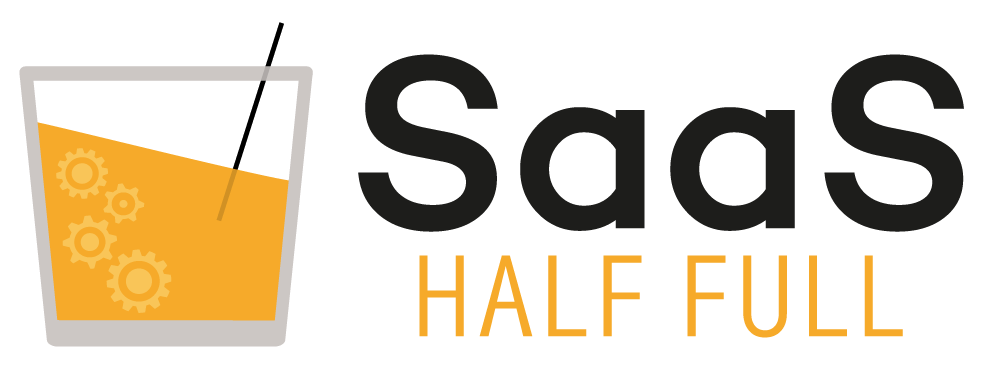In this episode of SaaS Half Full, Lindsey Groepper speaks with Rachel Hepworth, Co-marketing Lead at Notion.
When Rachel started her role at Notion, a PLG company, she knew the brand had been primarily (and successfully) built through community and content, existing without a growth-marketing function. As Notion was moving into more enterprise and complex sales, Rachel was tasked with starting from the ground floor, including scaling up a tech stack and data team. Listen as Rachel walks through how to develop a growth engine inside a PLG company and how brand and demand can work seamlessly together.
Defining Growth Marketing
Growth marketing has varying definitions, but it tends to focus more on the “science” side of marketing vs. the “art” side of the coin typically associated with brand marketing.
While Rachel believes growth marketing is structured and executed differently across organizations, the commonality is using data and testing to inform how to scale the entire business:
“It’s all about this focus on data and experimentation and the full funnel. So you’re not focused on any one stage. You’re not focused on top of the funnel or visitors. You’re not focused on upgrades. You’re focused on [sort of] powering the entire business.”
Harnessing the Data
As organizations move upstream and the sale becomes more complex (from traditionally freemium/single-player mode to adding enterprise), they must transition from decisions made historically on intuition to those based on data.
To harness an organization’s data, start with hiring a data team and investing in technology. While Rachel is a fan of tools and a robust tech stack, she cautions not to over-invest before you have a core, foundational data infrastructure to connect and make sense of the data. After all, says Rachel, “tooling is only as good as the data you feed into it.”
Messaging to Enterprise
While it’s important to recognize the complexity of an enterprise sale and the role of growth marketing’s influence, many enterprise SaaS companies have begun shifting their marketing strategies to include more community-driven approaches. It’s less about abandoning all PLG tactics and more about understanding how to diversify and not solely lead with product.
When messaging to enterprises, you must address the table stakes for them surrounding things like security, admin functions and permissions before they will even consider a product. Once you get past that point, your decision-maker still hasn’t experienced the product and won’t spend weeks inside a freemium version to understand it — they have to believe in the benefits it will bring to the business.
“If the channel is not the product, what are the channels through which we can reach these folks?,” said Rachel. “What do they care about?… How’s this going to delight my employees? What other tools does this rip and replace? How does this let us move faster and be more aligned?”
Ultimately, Rachel believes listening to the customer is core to any marketer’s success, whether you are PLG or enterprise, working on the demand or brand-side initiatives. “It all goes back to the conversation….of getting really close to your user and customer listening, being in conversation with them. It’s not a one-way megaphone.”
For more of Rachel’s insights, listen to Episode 321 of SaaS Half Full.
